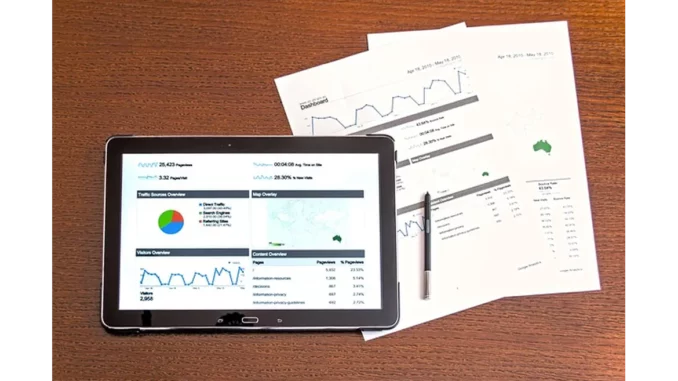
In the fast-paced world of data-driven research, the unthinkable can happen in an instant: the sudden disappearance of critical research data. Dr Sarah Mitchell, an independent data analyst and researcher, recently faced this daunting reality. During our conversation, she shared her experience and insights on how to rebound from such a crisis and strategies for preventing future data losses.
Sarah’s ordeal began on an otherwise ordinary Monday morning. As she prepared to dive into the final phases of her project, she was met with a nightmare scenario: her computer screen displayed an ominous message indicating that her primary data storage had been corrupted. “It was like my heart just stopped,” she recounted, her gaze steady yet reflective. “Years of work, all seemingly gone in an instant.”
Sarah’s research involved a complex dataset collected over several years, crucial for her upcoming publication. The realisation that this data might be irretrievable was overwhelming. Yet, amidst the initial panic, Sarah’s training and experience kicked in. “The first thing I did was take a deep breath and remind myself that panicking wouldn’t solve anything,” she said with a wry smile.
Her first step was to consult with IT professionals experienced in data retrieval. “They were able to salvage a significant portion of the data, which was a huge relief,” she explained. “I learned that engaging experts early on can make a significant difference. They have tools and techniques that aren’t available to the everyday user.”
While Sarah was fortunate to recover much of her data, the experience prompted her to reassess her data management strategies. “I realised that my backup plan was inadequate for the scale and importance of my work,” she admitted. “It was a wake-up call to revisit and improve my data management protocols.”
Sarah shared several key strategies she implemented to prevent future data loss. First and foremost, she emphasised the importance of a robust backup system. “Now, I follow the 3-2-1 backup rule,” she explained. “I keep three copies of my data, in two different formats, with one copy stored offsite. This ensures that even if one or two copies fail, I still have access to my data.”
Additionally, Sarah highlighted the importance of regularly testing backup systems. “It’s not enough to just have backups; you need to ensure they actually work,” she stressed. “I schedule regular checks to verify that I can restore data from my backups without any issues.”
Beyond technical solutions, Sarah advocated for cultivating a mindset of data stewardship. “We need to be proactive rather than reactive,” she noted. “This means continuously educating ourselves about best practices in data management and staying updated on new technologies and methods.”
Sarah also mentioned the value of comprehensive documentation. “Having detailed records of your data collection and storage processes can be invaluable during recovery efforts,” she explained. “It helps you understand what might have gone wrong and how to prevent similar issues in the future.”
As our conversation drew to a close, Sarah reflected on the broader implications of her experience. “Losing data is more common than we’d like to admit, but it doesn’t have to be a career-ending event,” she concluded. “By learning from these experiences and improving our data management strategies, we can safeguard our work and ensure the continuity of our research.”
Her story serves as a potent reminder to researchers and data professionals everywhere: while we cannot always prevent data disasters, we can certainly prepare for them. By adopting robust backup strategies and fostering a culture of vigilance and learning, we can navigate the unpredictability of data loss and emerge stronger and wiser.
In sharing her journey, Sarah Mitchell not only provides a roadmap for recovery but also inspires a proactive approach to data management. Her insights are a testament to the resilience and adaptability required in the ever-evolving landscape of research and data analysis.
Lilianna Stolarz

